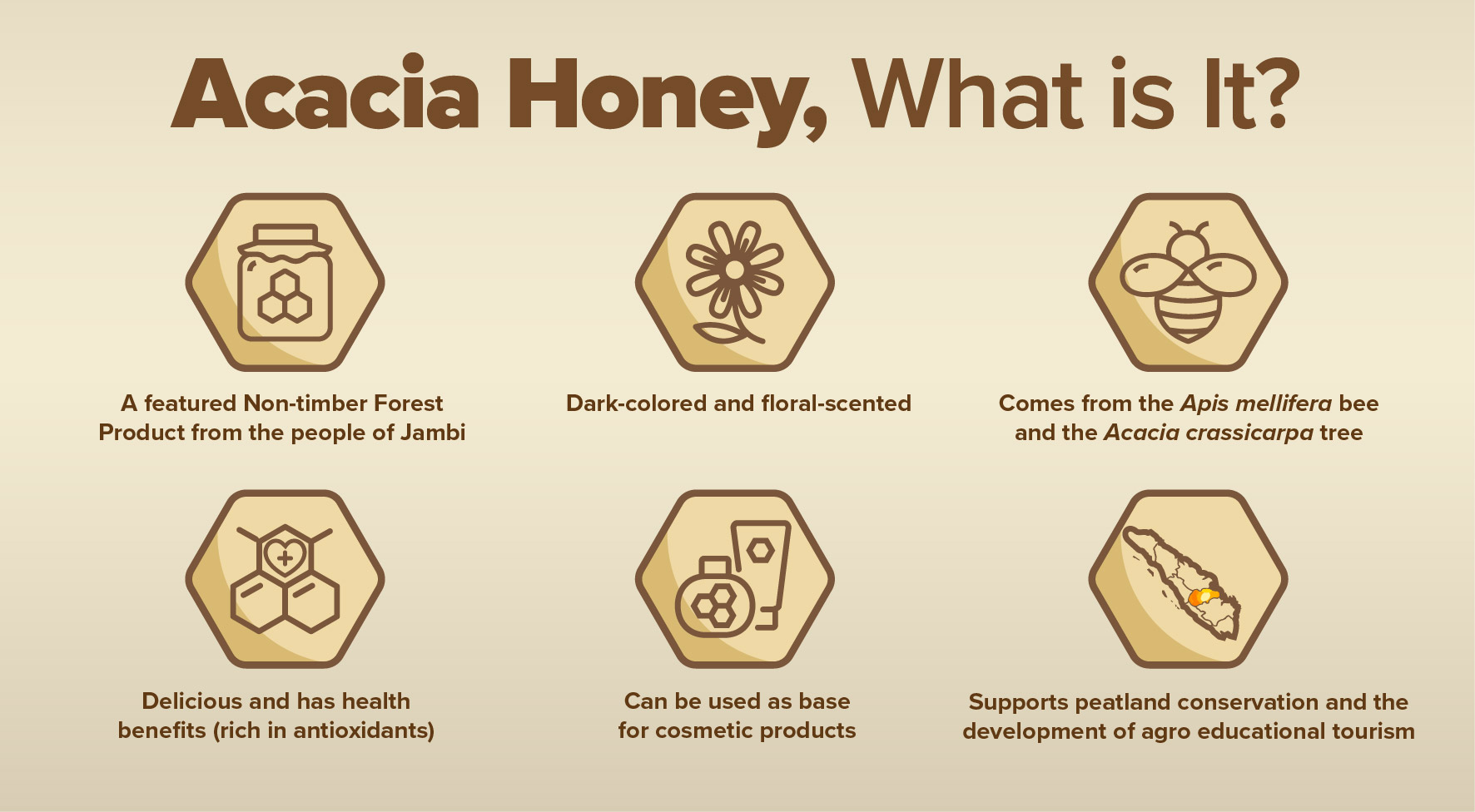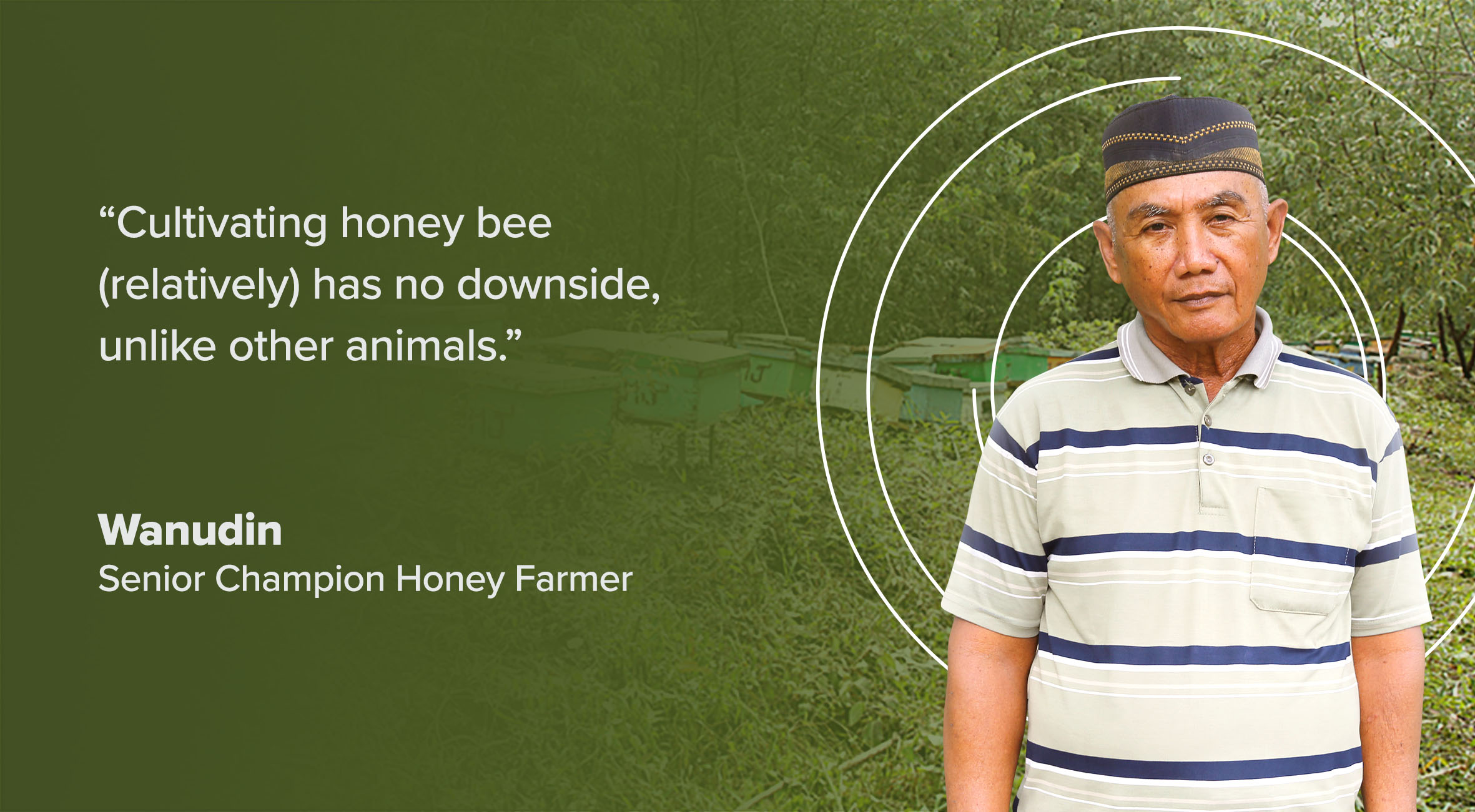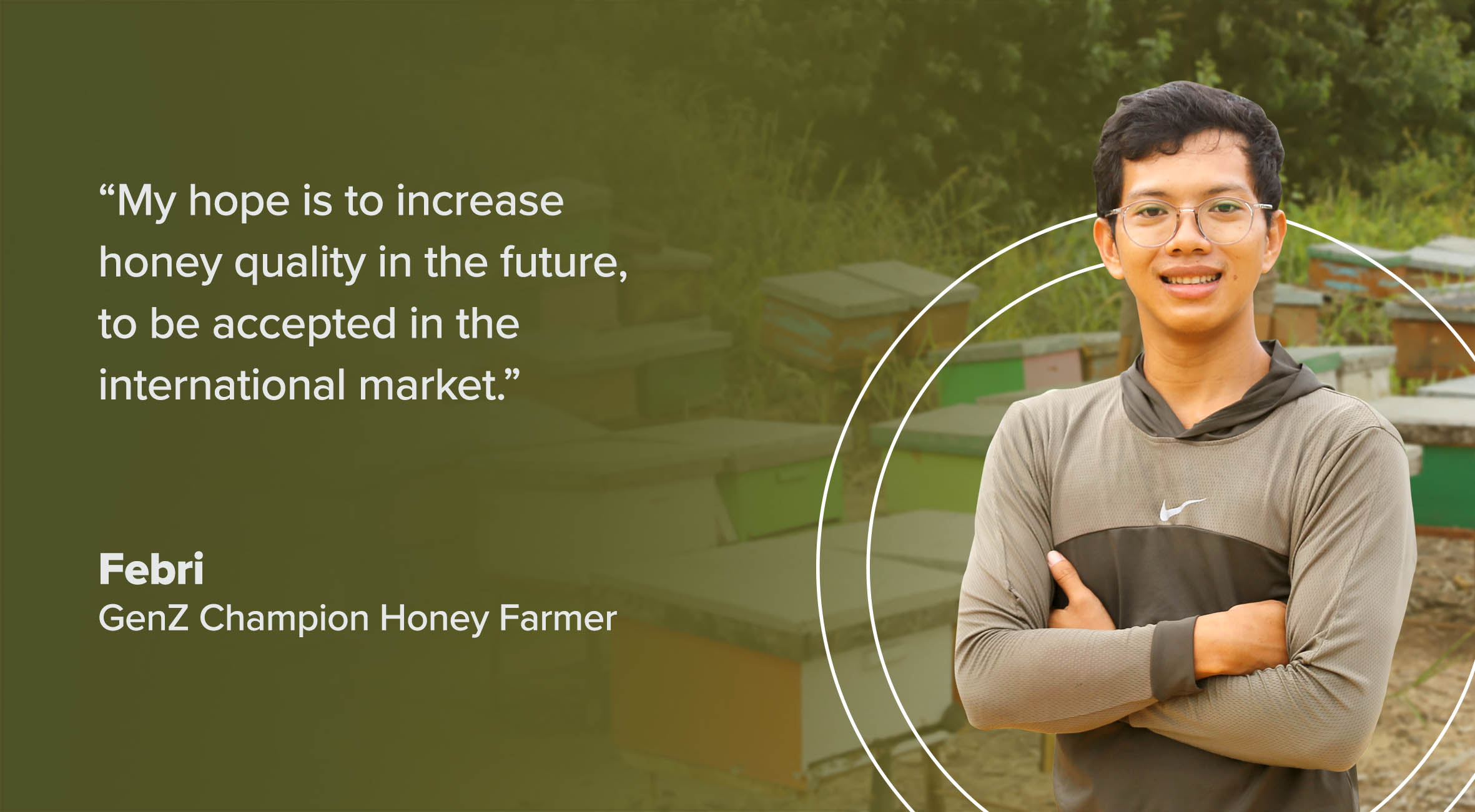
By now, we must’ve been exposed to several campaigns around sustainability. While many of us are taking the effort to take part in the fight against climate change, have you ever considered communities who reside within forests? Facing the same challenges from a different setting, one of the biggest threats for these communities comes from forest and land fires.
These fires harm the people just as much as the forest, which is why the role of the communities is crucial in forest and nature conservation. To live and thrive as a prolific ecosystem, the existence of a sustainable forest is momentous for a community to gain economic prosperity and improve their social well-being. The persisting question arises, how can local communities maintain their livelihood, improve their life quality, while preserving the forest all at once?
Among various initiative to enliven the lives of the community within the forest, Asia Pulp & Paper (APP) Sinar Mas initiated the Desa Makmur Peduli Api (DMPA) program to address issues surrounding land burning while increasing local people's livelihood. The DMPA program shares with farmers the consequences of opening lands by burning and provides aids around setting up farming system – from vegetables to compost, from herbs to honey.
Let’s explore the efforts behind honey bee cultivation!
Development of Honey Bee Cultivation: Acacia Honey

One of the main produces from the people of Jambi is known to be honey, specifically acacia honey. Like most honey, acacia honey is widely used to be consumed and has health benefits. Acacia honey has a dark color and a floral scent with a sweet, soft, and slightly bitter taste. Acacia honey is found to be rich in antioxidants, one of which is flavonoids. According to research, foods that contain high levels of flavonoids can reduce the risk of chronic disease.
The Industrial Plantation Forest (HTI) concession area with the large number of acacia trees is the right place to start honey bee cultivation. While the trunks of Acacia crassicarpa trees are used as the raw material for making paper, the nectar from the flowers is the food source for acacia honey bees, which is the superior bee Apis mellifera. Interestingly, Acacia carpa trees can only grow on peatlands, driving the community to actively participate in peat conservation. This potential prompted PT Wirakarya Sakti (WKS) as one of the business units of APP Sinar Mas to start focusing on honey bee cultivation as part of the DMPA program since 2020.
Prior to the DMPA program, local communities are highly dependent on forests and oil palm plantations – in which they are deeply involved in acts of cutting trees as well as burning forest and land, just to make ends meet. The alternative to cultivate honey provides an opportunity for the community to start a sustainable business while at the same time increasing the awareness around forest sustainability by encouraging the development of farming businesses of opening lands without burning.
Across Generations in Honey Bee Cultivation
Everyone can become honey bee cultivators. It attracts local people from young to old farmers to make a living out of a honey!

Let's get to know Wanudin, a senior farmer in honey bee cultivation. As one of the Champion Farmers who is a role model for other honey farmers, Wanudin's acacia honey sales volume has reached 7 tons a month. After 2 years since he began honey bee cultivating, he has managed to triple his profits. His products have also expanded to Batam and is now entering the Singaporean and Malaysian market.
Since partnering with PT WKS' DMPA program, Wanudin has experienced many economic changes for himself and his group. Now the group is not only focused on sharing the partnership profits, but also has other income from bee cultivation to help sustain their income.

We can also follow the story of Febri, a GenZ farmer who is starting a business of cultivating superior honey bees of the Apis mellifera species. Having inherited a passion for business, Febri has realized the vast potential of honey products and thus started diversifying his products. He does not only focus on consumable goods, but he also spread his wings to cosmetic products and an agro educational tourism around honey, bees, and the forest. His profits have doubled since he started honey bee cultivation.
To date, the number of people who become honey bee cultivators has increased to 539 families or 15 groups. The yield of honey bee cultivation is known to reach a monthly average of 38,500 kg with an average monthly income of Rp 3.9 million for each family.
The two Champion Farmers with their passion in honey bee cultivation become the living proof that business around the acacia honey has allowed them to level up – from their capability as individuals, their potential as a community, as well as their prowess in business. Moreover, it shows how the honey bee cultivation business knows no generational boundaries.
DMPA & Inclusive Partnership Movement to Level Up MSMEs

The Indonesian Chamber of Commerce and Industry (KADIN Indonesia) held the Inclusive Partnership Movement to Level Up MSMEs, which was inaugurated by the President of the Republic of Indonesia Joko Widodo on Monday, October 3, 2022. On this occasion, APP Sinar Mas had the opportunity to showcase the work of MSMEs assisted by the DMPA program and highlighted honey products by inviting Wanudin and Febri to showcase their acacia honey products.
Through continuous support from the government, there is great hope for Indonesian MSMEs to be able to continue to grow and advance. The model implemented in the DMPA program also uses the Inclusive Closed Loop system that can connect the assisted MSMEs with multi-stakeholders, such as the government, the private sector, and the market. This is also in line with the government's program through KADIN Indonesia which looks to increase the strategic partnership program between MSMEs and integrated large businesses. A sustainable MSME creates a positive impact to the country’s economy as well as to conserve nature.
Together, let's welcome and support Indonesian MSMEs to continue to advance and level up.

.jpg/8875a725-4bd0-882e-a51c-aeae3bf32e1d/)
